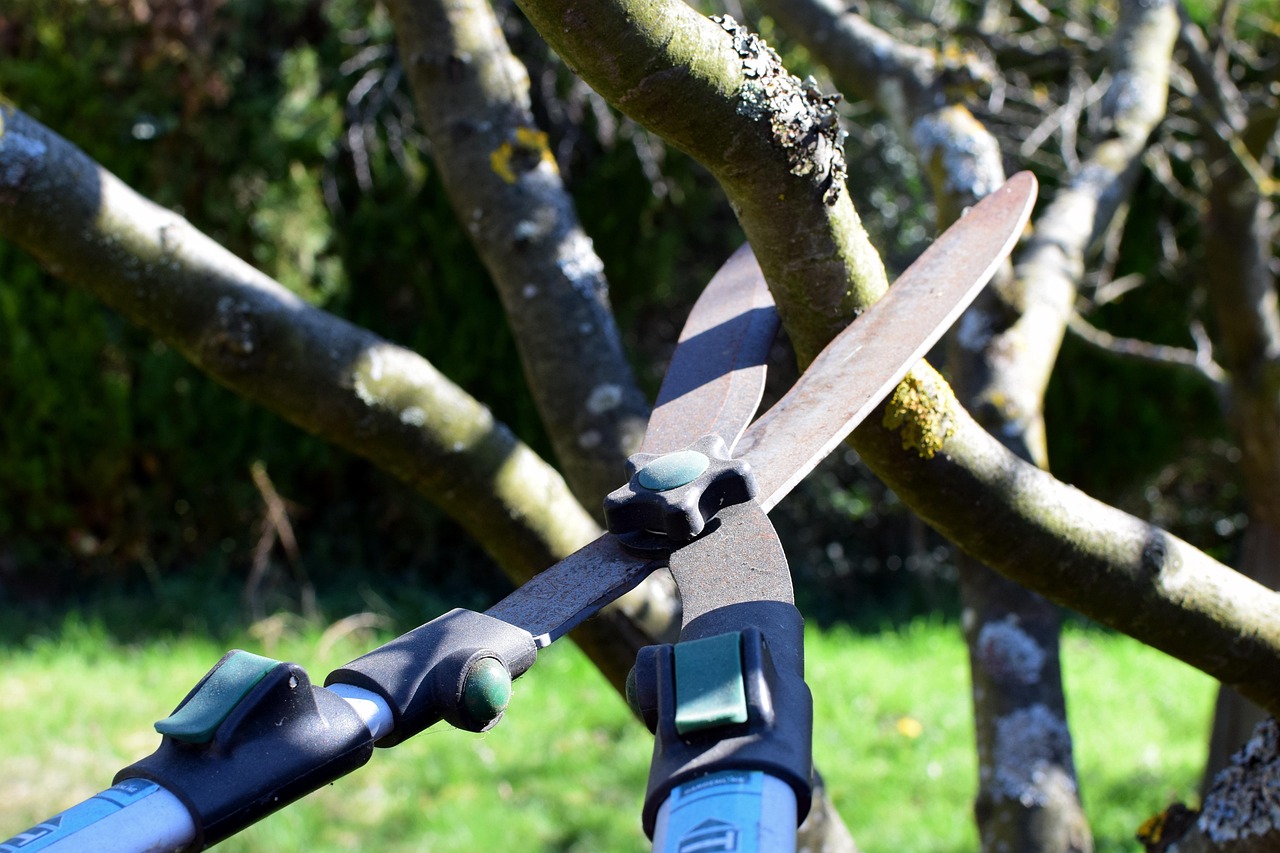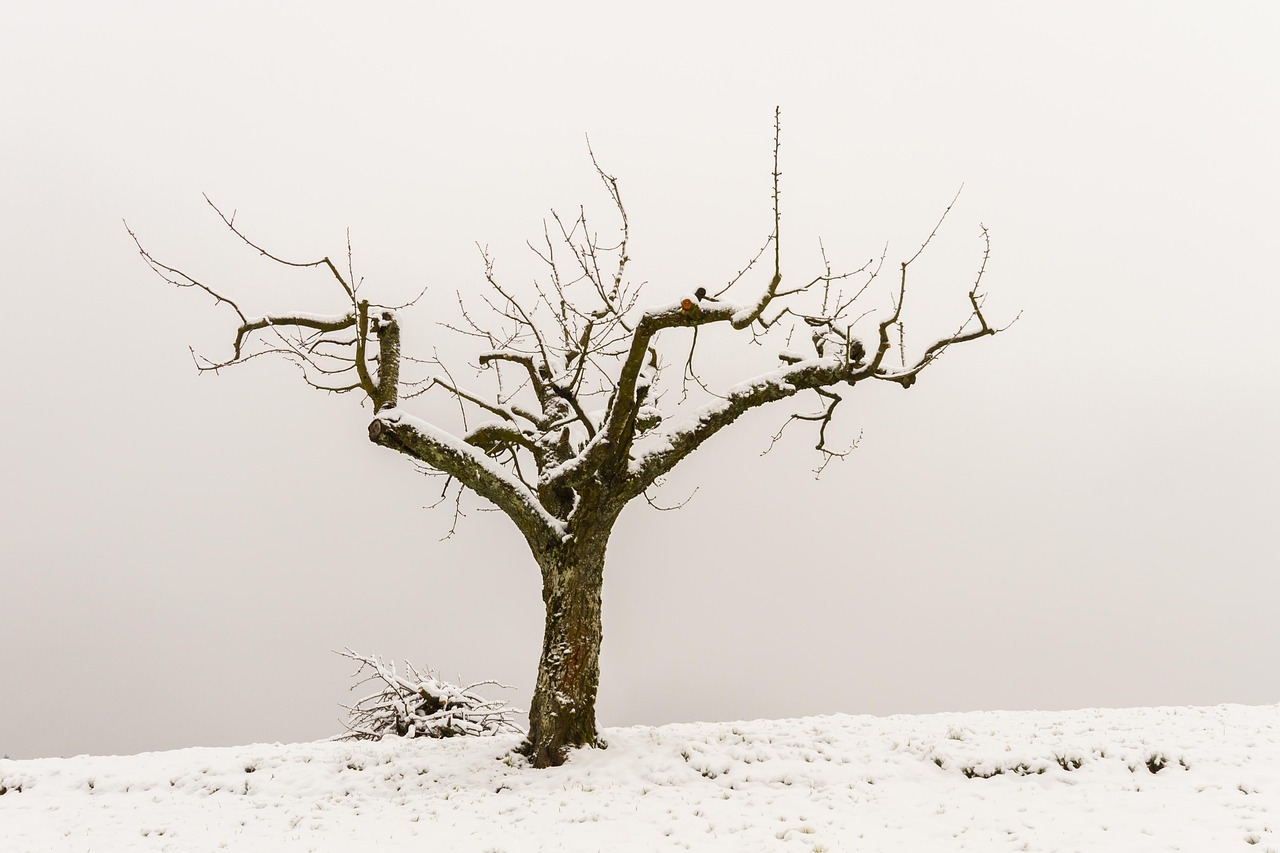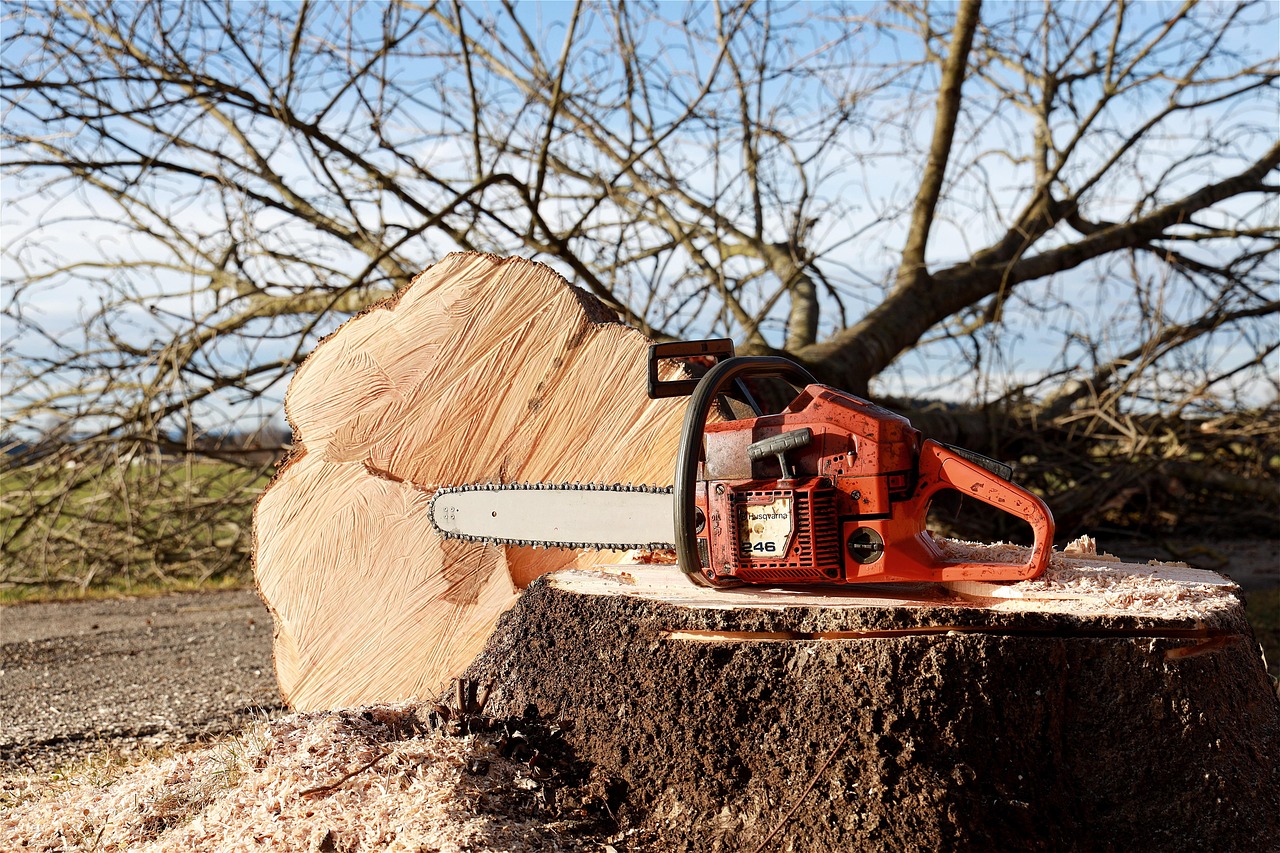Tree pruning is essential for restoring and reclaiming overgrown hedges. It promotes healthy growth, enhances aesthetics, and improves air circulation. Proper techniques help rejuvenate plants, allowing them to thrive in their environment.
Overgrown hedges can quickly become a nuisance. They may obstruct pathways, block views, and even harbor pests. While it might feel overwhelming to tackle these dense shrubs, understanding the basics of tree pruning can make the process more manageable. This article will guide you through essential pruning techniques, tools, and timing considerations to help restore your overgrown hedges.

Pruning is not just about cutting back branches. It is a vital practice that focuses on the health and structure of the plant. By removing dead or diseased branches, you allow the plant to allocate resources to healthier parts. Additionally, planting can improve light penetration and airflow, which are crucial for photosynthesis and overall plant health.
Understanding Hedge Growth
To effectively prune overgrown hedges, it is essential to understand how they grow. Hedges are typically composed of multiple stems or branches. Each branch can have different growth patterns influenced by various factors such as species, age, and environmental conditions.
Here are some key growth characteristics to consider:

- Species Variation: Different species have distinct growth rates and patterns. For example, some hedges may grow thick and bushy, while others may be more sparse.
- Age of the Hedge: Younger plants often respond better to pruning than older ones. Older hedges may require more drastic cuts to encourage new growth.
- Seasonal Growth: Many hedges experience vigorous growth in spring. Understanding this cycle can help you time your pruning more effectively.
Tools for Pruning
Having the right tools is crucial for effective tree pruning. Using appropriate equipment not only makes the job easier but also ensures clean cuts that promote healthy growth. Here are some essential tools for pruning hedges:
| Tool | Description |
|---|---|
| Pruning Shears | Ideal for cutting small branches and shaping plants. |
| Loppers | Used for larger branches that cannot be cut with shears. |
| Saw | A handsaw or chainsaw may be necessary for very thick branches. |
| Gloves | Protect your hands while working with sharp tools and thorny plants. |
| Ladder | Use when pruning taller hedges to reach higher branches safely. |
When to Prune Hedges
The timing of your pruning can significantly affect the results. Pruning at the wrong time may lead to poor growth or even damage to the plant. Generally, the best times to prune hedges are:
- Late Winter to Early Spring: This is typically the best time for most deciduous species. Pruning during dormancy allows you to shape the plant before it starts growing in spring.
- After Flowering: For flowering hedges, prune immediately after they bloom. This helps preserve next year’s flowers.
- Summer: Light trimming can be done in summer to maintain shape but avoid heavy cuts.
It is essential to avoid pruning in the fall, as this may encourage new growth that could be damaged by winter weather.

As you prepare to prune your overgrown hedges, keep these considerations in mind. Proper timing and technique will lead to healthier plants and a more attractive landscape. Understanding your plants’ needs and having the right tools will set you on the path toward successful hedge restoration.
Pruning Techniques for Overgrown Hedges
Once you have determined the best time to prune your overgrown hedges, it is essential to employ proper techniques to ensure healthy growth. Different techniques can be used based on the type of hedge and its size. Here are some effective pruning methods:
Thinning
Thinning involves removing specific branches to reduce the density of the hedge. This technique promotes better air circulation and sunlight penetration, which are vital for healthy growth. To thin a hedge, follow these steps:

- Identify: Look for branches that are crossing or growing inward. These branches may hinder growth.
- Cut: Use sharp pruning shears to cut these branches back to the base or a lateral branch. Make clean cuts to avoid damaging the plant.
- Assess: Step back and examine the hedge to ensure you have created an open structure without overly removing foliage.
Heading Back
This technique involves cutting back the tips of branches to encourage denser growth lower down the plant. Heading back is especially useful for hedges that have become leggy or sparse at the bottom. Here’s how to perform this technique:
- Choose: Select branches that are too long or have grown unevenly.
- Trim: Cut the branches back to a lateral bud or a desired height. Aim for a cut at a slight angle to encourage new growth.
- Monitor: After heading back, keep an eye on the hedge’s growth pattern over the next few months.
Rejuvenation Pruning
If your hedge is severely overgrown, rejuvenation pruning may be necessary. This technique involves cutting the hedge back significantly to promote new growth from the base. Follow these steps for rejuvenation pruning:
- Timing: Perform rejuvenation pruning in late winter or early spring before new growth begins.
- Cut Back: Reduce the height of the hedge by up to one-third or even half, depending on its health and species.
- Remove Deadwood: Eliminate any dead or diseased branches during this process.
Safety Considerations
Pruning can involve risks, especially when using sharp tools or working at heights. Here are some important safety tips to keep in mind while pruning your hedges:
- Wear Protective Gear: Always wear gloves, safety glasses, and sturdy footwear to protect yourself from sharp tools and falling debris.
- Use Tools Properly: Ensure that all tools are well-maintained and sharp. Dull tools can lead to accidents and uneven cuts.
- Work with a Partner: If you are using a ladder or working on tall hedges, have someone assist you for added safety.
Post-Pruning Care
After pruning, providing care is essential to help your hedges recover and thrive. Here are some steps to follow:
- Watering: Ensure that your hedges receive adequate water after pruning. This supports recovery and new growth.
- Mulching: Apply mulch around the base of the hedge to retain moisture and suppress weeds.
- Fertilizing: Consider applying a balanced fertilizer a few weeks after pruning to encourage healthy growth.
Common Mistakes in Hedge Pruning
Avoiding common mistakes can significantly improve your pruning results. Here are some mistakes to watch out for:
- Pruning Too Late: Cutting back in the fall can harm new growth. Stick to the recommended times for your hedge species.
- Over-Pruning: Removing too much foliage can stress the plant. Always assess how much you are cutting and leave enough healthy branches.
- Lack of Planning: Not having a clear plan before starting can lead to uneven cuts. Take time to visualize how you want your hedge to look.
Understanding these techniques, safety measures, and common pitfalls will help you effectively prune your overgrown hedges. With patience and practice, you can restore your hedges to their former glory, enhancing both their health and appearance.
Identifying Overgrown Hedges
Before you begin the pruning process, it is crucial to accurately identify overgrown hedges. Recognizing the signs of overgrowth will help you determine the necessary steps for restoration. Here are some common indicators of overgrown hedges:
- Excessive Height: Hedges that have grown significantly taller than their intended height can block views and sunlight.
- Leggy Growth: If the lower branches are sparse and bare while the top is dense, the hedge is likely leggy and in need of rejuvenation.
- Crowded Appearance: Hedges that appear thick and tangled often require thinning to allow light and air to penetrate.
- Dead or Diseased Branches: Look for branches that are discolored, brittle, or devoid of leaves. These sections should be removed to improve overall health.
Hedge Maintenance After Pruning
Proper maintenance after pruning is essential for ensuring that your hedges thrive. Regular care will help them recover quickly and grow healthily. Here are some key maintenance practices:
Watering
After pruning, hedges may experience stress as they adjust to their new shape. Adequate watering is vital during this time:
- Deep Watering: Water the hedge deeply to encourage roots to grow deeper into the soil. This promotes stability and resilience.
- Frequency: Water regularly, especially during dry spells. Monitor the moisture level and adjust as needed.
Mulching
Applying mulch around the base of your hedges can provide numerous benefits:
- Moisture Retention: Mulch helps retain soil moisture, reducing the need for frequent watering.
- Weed Control: A layer of mulch suppresses weed growth, minimizing competition for nutrients and water.
- Temperature Regulation: Mulch insulates the soil, helping to maintain a consistent temperature for root growth.
Pest and Disease Management
After pruning, remain vigilant for signs of pests or diseases that may affect your hedges. Here are some strategies for effective management:
- Regular Inspections: Check for signs of pests such as aphids, spider mites, or scale insects. Look for discolored leaves or webbing.
- Fungal Diseases: Watch for symptoms like leaf spots or powdery mildew. Remove affected areas promptly.
- Natural Remedies: Consider using insecticidal soap or neem oil for pest control, as these are less harmful to beneficial insects.
Enhancing Hedge Aesthetics
A well-pruned hedge not only improves plant health but also enhances the overall aesthetics of your landscape. Here are some tips to create visually appealing hedges:
Shaping Techniques
The shape of your hedge can significantly impact its appearance. Consider these shaping techniques:
- Formal Shapes: For a neat appearance, consider creating geometric shapes. Regularly trim hedges into squares or rectangles for a structured look.
- Natural Shape: Allow hedges to grow in a more natural form by making selective cuts that maintain their organic shape.
- Tapering: Taper the top of the hedge slightly narrower than the base. This allows sunlight to reach lower branches.
Selecting Plant Varieties
The choice of plant varieties can also enhance the visual appeal of your hedges. When selecting new hedges or considering replacements, keep these points in mind:
- Diversity: Choose a mix of species to create texture and color variation. This diversity can make your landscape more attractive.
- Seasonal Interest: Select plants that offer year-round interest, such as those with colorful foliage or berries in different seasons.
- Growth Habits: Consider plants with growth habits that complement each other, ensuring a cohesive appearance as they mature.
The Role of Professional Help
While many homeowners can successfully prune their hedges, there are situations where professional assistance is beneficial. Here are some scenarios where hiring an expert may be advantageous:
- Extensive Overgrowth: If your hedges are severely overgrown or difficult to manage, a professional can assess and execute a comprehensive pruning plan.
- Safety Concerns: For tall hedges or those near power lines, hiring professionals ensures safety and proper equipment use.
- Lack of Time: If you have a busy schedule and cannot dedicate time to proper hedge maintenance, consider hiring a landscaping service.
Finding a reputable professional can save you time and ensure that your hedges receive the care they need to thrive. Whether you choose to tackle the task yourself or seek professional help, understanding these aspects will lead to successful hedge restoration and maintenance.
Long-Term Hedge Management
To ensure that your hedges remain healthy and attractive over the long term, it is important to establish a consistent maintenance routine. This routine should include regular inspections, appropriate watering, and feeding. Here are several long-term management strategies to consider:
Regular Inspections
Conducting regular inspections will help you catch any potential issues before they escalate. Here are some tips for effective inspections:
- Monthly Checks: Walk around your hedges at least once a month to look for signs of pests or diseases.
- Seasonal Evaluations: Pay special attention to your hedges during seasonal changes, as they may experience stress during temperature fluctuations.
- Document Changes: Keep a log of any issues you observe and the actions taken. This will help you track the health of your hedges over time.
Consistent Watering and Fertilizing
Maintaining proper hydration and nutrition is vital for hedge health. Consider these practices:
- Watering Schedule: Develop a consistent watering schedule, particularly during dry spells. Deep watering is more beneficial than frequent, shallow watering.
- Fertilization: Apply a balanced fertilizer annually in early spring to provide essential nutrients. Adjust the type of fertilizer based on soil tests to meet specific needs.
Seasonal Pruning
In addition to the main pruning sessions, minor trimming throughout the year can help maintain the shape and health of your hedges. Here are some considerations:
- Light Trimming: Perform light trims after flowering to keep the hedge looking tidy without risking damage to future blooms.
- Shape Maintenance: Schedule regular shaping cuts, especially for formal hedges, to maintain their intended appearance.
Understanding Hedge Growth Cycles
Understanding the growth cycles of your specific hedge species can greatly enhance your pruning and maintenance efforts. Different plants have unique growth patterns that influence their care requirements:
- Deciduous Hedges: These plants lose their leaves in fall and typically grow vigorously in spring. Pruning while they are dormant allows you to shape them effectively.
- Evergreen Hedges: These plants maintain their foliage year-round but may have growth spurts in spring and early summer. Light pruning can be done in late summer to avoid disrupting their winter preparation.
- Flowering Hedges: Some hedges bloom on old wood while others bloom on new growth. Knowing when to prune based on flowering habits helps maintain blooms for the following season.
Environmental Considerations
The environment plays a significant role in hedge management. Be mindful of local conditions that may affect your hedges:
- Soil Quality: Conduct soil tests to determine pH and nutrient levels. Amend the soil as necessary to create optimal growing conditions.
- Shelter and Sunlight: Consider how surrounding trees or structures may impact sunlight exposure and wind protection. This can influence how you shape and maintain your hedges.
- Pest Control Measures: Use integrated pest management (IPM) techniques that focus on long-term prevention through habitat manipulation, natural predators, and careful monitoring.
Conclusion
The journey of restoring and maintaining overgrown hedges requires knowledge, patience, and dedication. By understanding key pruning techniques, timing, and ongoing maintenance practices, you can effectively reclaim your landscape from unruly growth. Regular inspections, proper watering and fertilization, and seasonal pruning will ensure your hedges remain healthy and visually appealing.
Whether you choose to manage your hedges yourself or enlist the help of professionals, staying informed about plant health and growth cycles is crucial. Embrace the beauty that well-maintained hedges bring to your property, enhancing both its aesthetic value and ecological health.
With these strategies in place, you are well-equipped to achieve beautiful, thriving hedges that contribute positively to your outdoor space for years to come.
